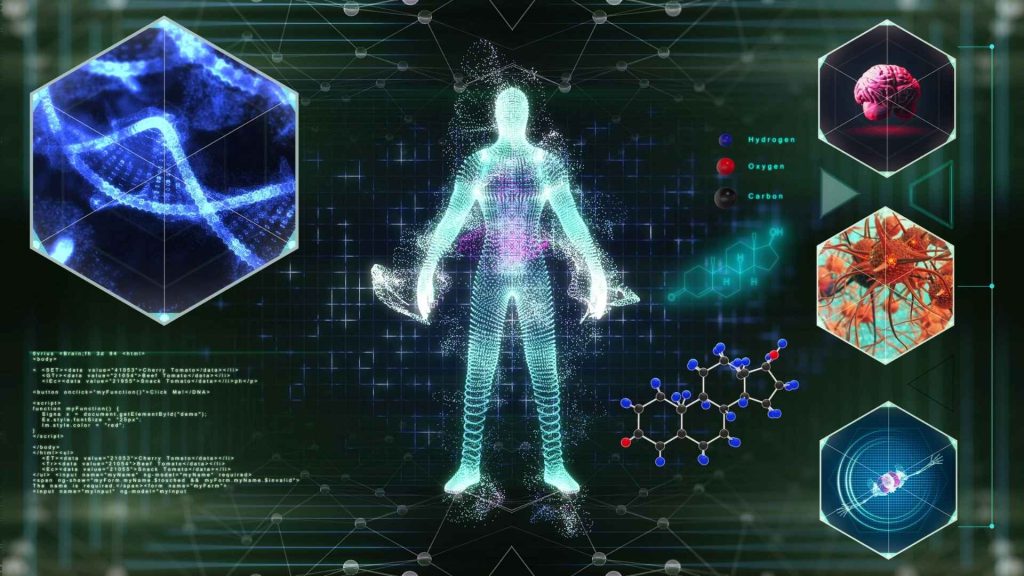
The intricacies of the human body have always stirred up a sense of bewilderment and fascination among the scientific community. Over the past few decades, the relentless study of human body parts has paved the way for groundbreaking medical transformations.
Could you ever imagine that we are now capable of transplanting organs, regenerating tissues, and even constructing artificial organs with meticulous precision? It's incredible to realize just how fundamentally these understandings have contributed to humanity's battle against countless diseases. We probed into this fascinating domain not just to appreciate the remarkable breakthroughs, but also to envision the untapped potential of the human body within the realms of science and healthcare. Admirably, our bodies are becoming the wellspring of medical miracles.
The Role of Human Body Parts in Medical Breakthroughs
Without a doubt, human body parts play a cardinal role in medical advancements. Beginning with understanding biological systems, physiology, and the intricate web of life, much of today's breakthroughs owe a significant debt to the study of human body parts.
For instance, the transplantation of organs like the kidney, liver, or heart has contributed immensely to curing deadly diseases, granting patients a renewed lease on life. Developments in fields such as organ donation have come about as a result of thorough understanding of the human body right from the cellular level to the massive intricate systems.
We have managed to overcome medical obstacles such as organ rejection and transplant failures, thanks to the evolving knowledge about human anatomy. These accomplishments are nothing short of a medical marvel, validating the indispensable role of human body parts in healthcare breakthroughs.
Advancements in Research on Human Body Parts
The world of medical research has witnessed significant developments with respect to the study and application of human body parts. Capitalizing on the extensive knowledge of human anatomy, scientists and medical professionals around the globe have catapulted the healthcare sector into a new era with several breakthrough achievements.
Organ Transplantation
The advent and steady progression of organ transplantation, for instance, has revolutionized the patient care aspect, providing a new lease on life for those affected by severe organ diseases. No longer is kidney failure or liver cirrhosis considered an irrevocable death sentence. Thousands in Israel and beyond now lead healthy lives post successful transplantation procedures.
Regenerative Medicine and Artificial Organs
Further, the advancements in regenerative medicine, primarily stemming via stem cell technology, are bridging the gap between treatment and cure of a plethora of critical illnesses. Artificial organs have also emerged as a promising solution to ameliorate the ongoing organ shortage crisis.
Non-invasive Diagnostic Methods
Another considerable stride is the development and application of non-invasive diagnostic methods stemming from imaging technology. Techniques such as MRIs and CT scans have improved our understanding of human anatomy and physiology vastly, aiding in the development of improved treatment plans. As we further delve into the potential of human body parts, referred to in the next section, these facilities promise brighter prospects for medical discoveries.
Exploring the Potential of Human Body Parts in Medical Discoveries
The realm of medicine continues to evolve with the potential of human body parts paving the way for innovative solutions to challenging health disorders. Foremost among these advancements is the development of personalized medicine. Through gene editing, scientists can tailor health interventions per the unique genetic makeup of each individual, remarkably enhancing treatment accuracy.
Bioprinting and Nanotechnology
Another blossoming field is the bioprinting of organs for transplantation. Utilizing the patient's own cells, tailor-made organs can be created, reducing the risk of transplant rejection. Concurrently, nanotechnology revolutionizes healthcare by delivering drugs directly to diseased cells, improving treatment efficacy while minimizing side effects.
Biomaterials in Medical Devices
Furthermore, the application of biomaterials in creating medical devices opens up new therapeutic options. For example, biodegradable stents, made from materials that the body can absorb, offer improved patient outcomes. The future of medicine undeniably lies in the creative utilization of the potential inherent in human body parts.
Enhancing Medical Education through the Study of Human Body Parts
The study of human body parts plays a crucial role in training future medical practitioners. Acquiring in-depth knowledge about human anatomy and physiology forms the basis of their education. Notably, this includes real life, hands-on experience that fosters practical skills.
Furthermore, students go on to develop surgical skills and techniques that have a monumental impact on patient healthcare, such as those mentioned in our section on advancements in research. Medical ethics places great emphasis on the respectful treatment of human body parts, a principle that future doctors are expected to uphold rigorously.
For More Info: biotechanatomy.co.il/
